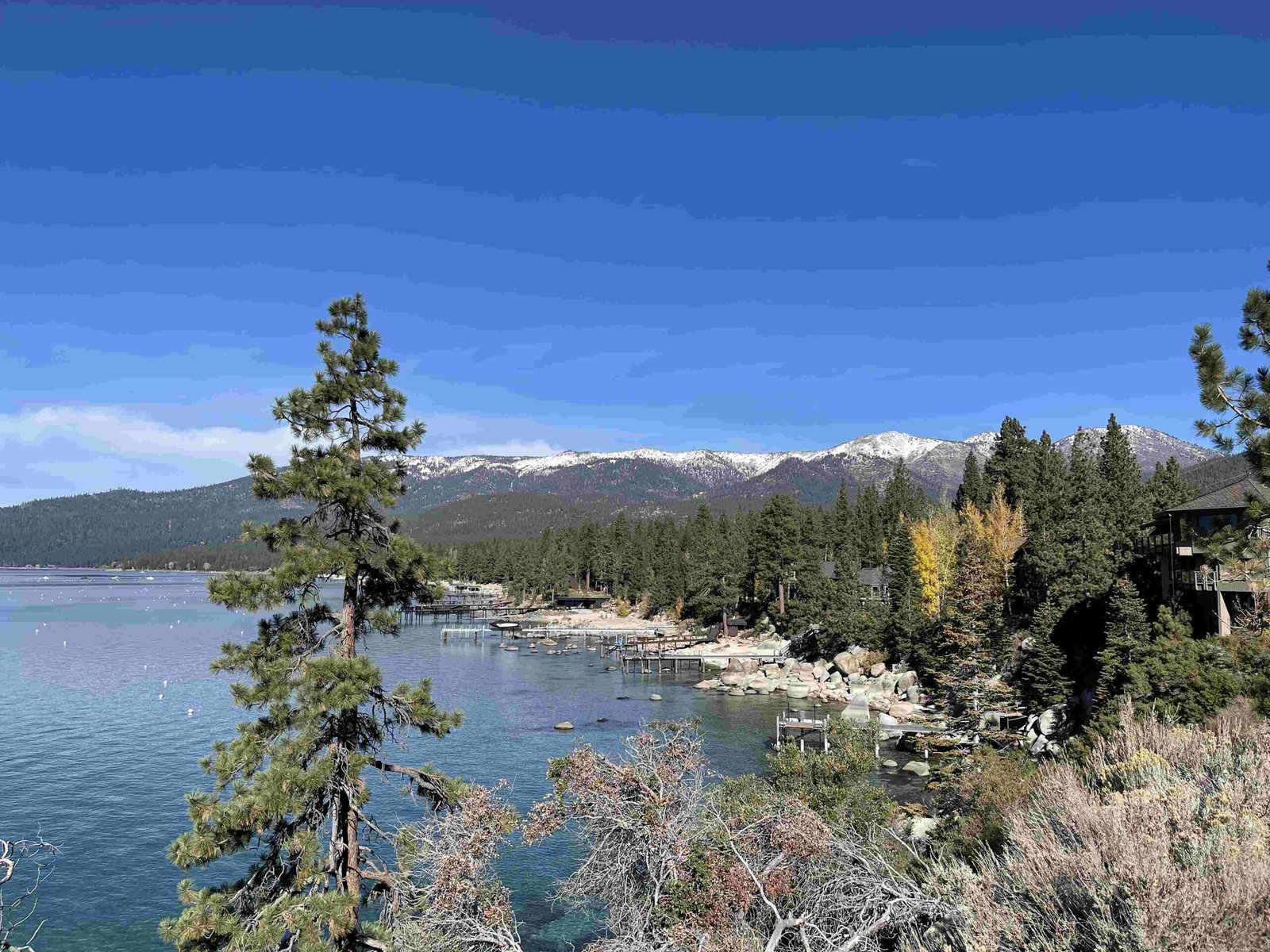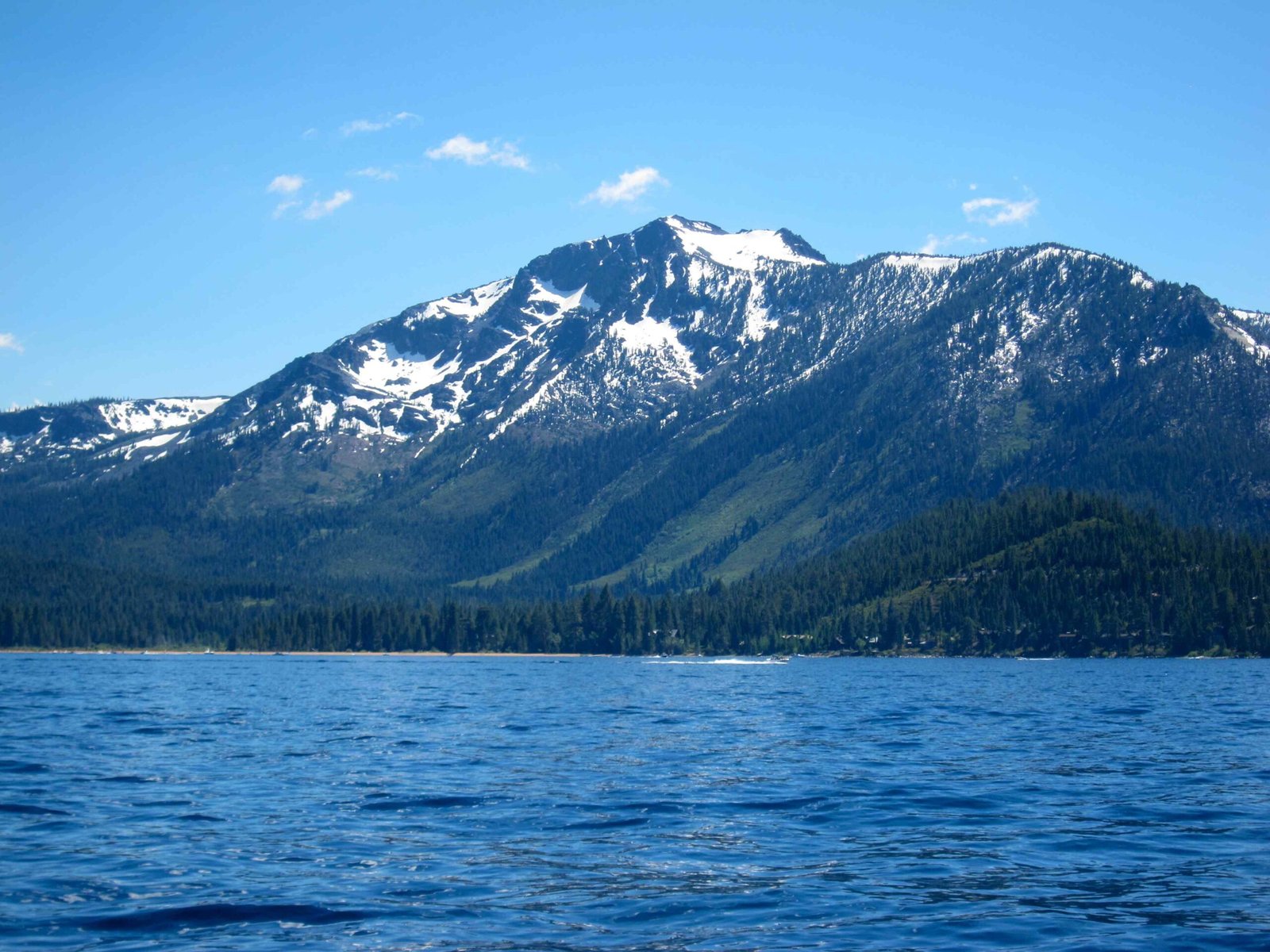Lake Tahoe snow melt is a crucial annual event that significantly impacts the region’s water levels, ecosystems, and climate patterns. Typically occurring between May and June, the snow melt process influences water quality, local flora and fauna, and the overall health of the lake. This natural phenomenon is closely tied to temperature changes and has shown increasing variability in recent years due to climate change.
What is the Historical Timing of Lake Tahoe Snow Melt?

The snow melt around Lake Tahoe traditionally peaks between May and June, marking the transition from winter to spring. This period is characterized by:
- Increasing temperatures
- Longer daylight hours
- Gradual warming of the surrounding area
During this time, daytime temperatures can reach:
| Month | Daytime Temperature (°F) | Nighttime Temperature (°F) |
|---|---|---|
| May | 60s to 70s | 40s to 50s |
| June | 70s to 80s | 50s to 60s |
These rising temperatures play a crucial role in initiating and sustaining the snow melt process.
How Does Snow Melt Affect Water Levels and Flow Rates?

The Lake Tahoe snow melt has a significant impact on water levels and flow rates in the region:
- Water Levels:
- Snowmelt from the Sierra Nevada contributes to the inflow of water into Lake Tahoe through its 63 tributary streams.
-
This influx can raise the lake’s water level, although changes are not dramatic due to the lake’s depth (501 meters or 1,645 feet).
-
Flow Rates:
- Streamflow increases during the melt period.
- The Upper Truckee River and other tributaries swell with rain and snowmelt.
-
Higher flow rates are crucial for replenishing the lake and surrounding water bodies.
-
Sediment Transport:
- Increased streamflow can sweep sediment into the lake.
- This process affects the lake’s clarity, particularly visible in the spring.
What Are the Environmental Impacts on Local Ecosystems and Water Quality?
The Lake Tahoe snow melt has several environmental impacts:
Local Ecosystems
- Provides water for plants and crops in the Carson Valley
- Alters growing seasons and plant health due to changing temperatures and precipitation patterns
- Pine forests show little variation, but other vegetation is more sensitive to seasonal changes
Water Quality
- Increased sediment flow during melt period affects lake clarity
- The Upper Truckee River’s sediment plume is particularly noticeable in spring
Flora and Fauna
- Changes in snowmelt timing can disrupt plant growth and animal migrations
- Warmer temperatures lead to more rain than snow, altering the hydrological cycle
- Aquatic life may be affected by changes in water temperature and flow patterns
What Does Historical Data Reveal About Lake Tahoe Snow Melt?
Historical data on Lake Tahoe snow melt shows significant variability:
- Year-over-Year Comparisons:
- 2015: Historically low snowpack levels
- 2017 and 2023: Exceptionally wet years with high snowpack accumulation
-
2023: Highest snowpack since 1952 (240% of the April average)
-
Long-term Trends:
- Overall decline in Sierra Nevada snowpack since the 1950s
-
Periodic high snow years driven by El Niño conditions or atmospheric river events
-
Climate Pattern Correlations:
- El Niño: Associated with substantial rain and snow
- La Niña: Often linked to drought conditions
- Warming climate: Leads to more extreme weather events
How Is Climate Change Affecting Lake Tahoe Snow Melt?
Climate change is having a profound impact on Lake Tahoe snow melt patterns:
- Temperature Increases:
- Warmer temperatures lead to earlier spring melts
-
More precipitation falling as rain instead of snow
-
Snowpack Variability:
- Greater fluctuations in annual snowpack levels
-
Increased frequency of extreme weather events (e.g., atmospheric rivers)
-
Ecosystem Disruption:
- Changes in melt timing affect plant and animal life cycles
-
Altered water availability impacts local flora and fauna
-
Water Management Challenges:
- Unpredictable melt patterns complicate water resource planning
- Increased risk of both drought and flooding
What Are the Future Projections for Lake Tahoe Snow Melt?
Based on current trends and climate models, future projections for Lake Tahoe snow melt include:
- Earlier Melt Seasons: Snow melt is expected to occur progressively earlier in the year
- Reduced Snowpack: Overall decrease in snowpack levels, with more precipitation falling as rain
- Increased Variability: More extreme fluctuations between wet and dry years
- Ecosystem Shifts: Potential changes in local plant and animal species composition due to altered water availability
- Water Management Adaptations: Need for new strategies to manage water resources in light of changing melt patterns
These projections highlight the importance of ongoing monitoring and adaptive management strategies for the Lake Tahoe region.
References:
1. World of Change: Snowpack in the Sierra Nevada – NASA Earth Observatory
2. The Lake Tahoe Basin’s Future on a Warming Planet – DRI
3. World of Change: Seasons of Lake Tahoe – NASA Earth Observatory

